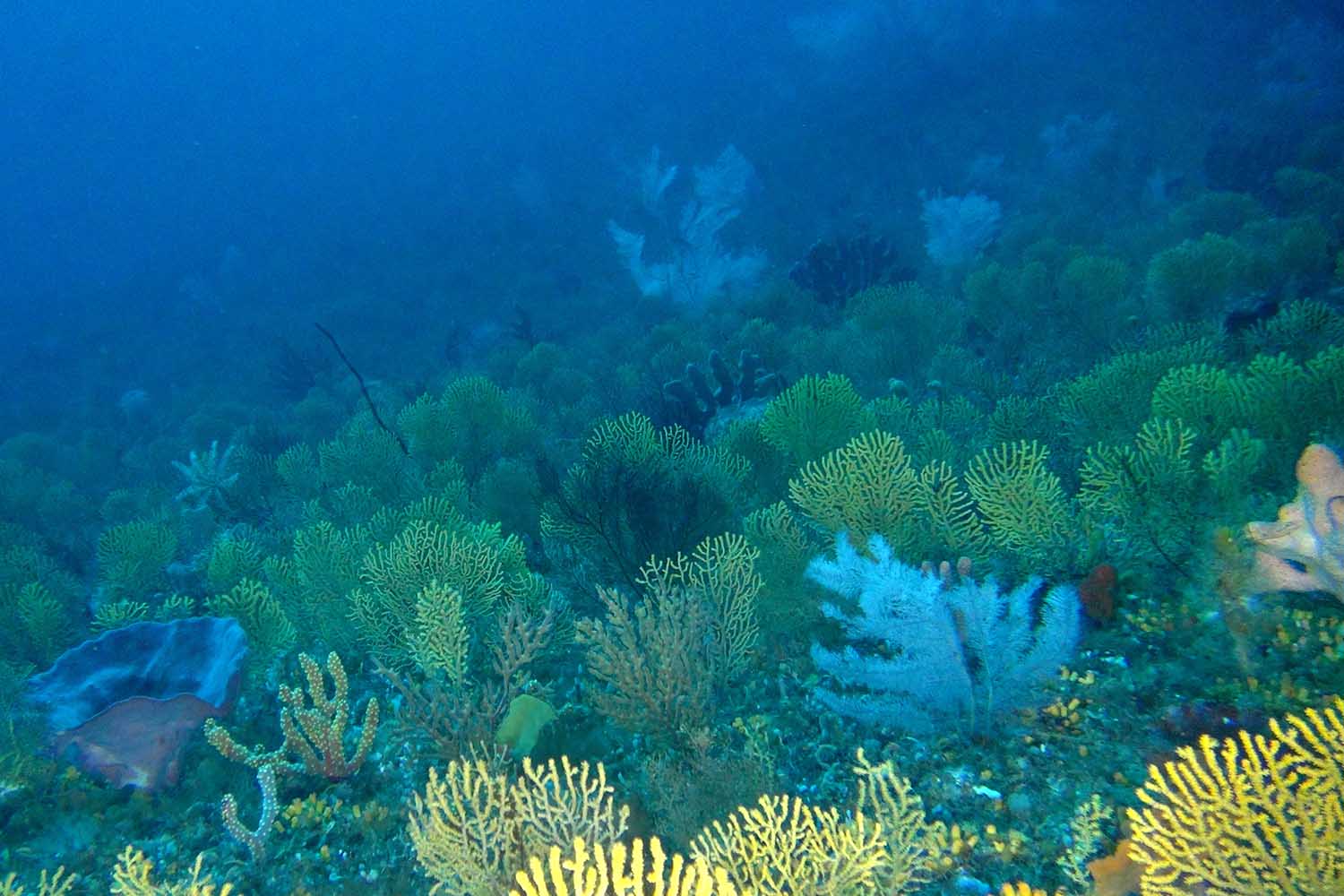Discoveries
Biodiscoveries
Biodiscovery is the process of screening animals and plants for the presence of compounds useful to humans. Several laboratories in South Africa are looking for such compounds and once discovered, work on identifying its structure. They also investigate the enzyme pathways by which the compound has been made, and try to establish alternative ways by which the compound can be artificially produced. Drug discovery takes a long time with clinical trails needed to test effectiveness and safety of potential medicines.
South Africa's waters are filled with such a large diversity of life and some of these have provided remarkable biomedical discoveries. These include seaslugs and nudibranchs, seasquirts (ascidians) and sponges that have cancer-fighting compounds. The frilled or silver nudibranch Leminda millecra is found only on the south and east coast of South Africa and has produced compounds that fight oesophagal cancer. Sponges from Sodwana, the Tsitsikama area and Aliwal shoal have also produced amazing useful compounds with further work underway.
One of the most potent compounds ever tested against cancer comes from a very strange animal found only in South Africa’s ocean. This animal is known as a hemichordate (a small animal phylum that includes acorn worms and pterobranchs) and is a worm-like colonial animal that lives within a prickly network of jelly-like tubes. Named after our first government marine biologist John Gilchrist its scientific name is Cephalodiscus gilchristi and the famous compound which can inhibit tumour growth is called Cephalostatin 1.
Amazing finds
The pink frogmouth is a recently described species that was filmed during the ACEP Spatial solutions cruise. A rare lionfish, a new species of hermit crab and many unidentified deep water corals have been observed. New work is underway to collect, identify and describe such species.
Mysterious species
It took a long time for scientists who first observed large foraminera on the seabed to identify these ancient and strange animals. Foraminifera or “forams” for short are single celled animals that secrete shells. There are more than 4000 species known. Forams are important because they provide information about the age of rocks, provide knowledge about past environment and climate and have even been used to discover petroleum. Sand dollars, snails and fish include forams in their diet.
When divers showed scientists the curious 30 cm tall mounds of shell and gravel at 40-70 m depth at Sodwana Bay they also had no idea what made them. Coelacanth discoverer Peter Timm eventually photographed the beautiful tilefish who makes these homes on the seabed and noted that this fish is harder to photograph than a coelacanth!










